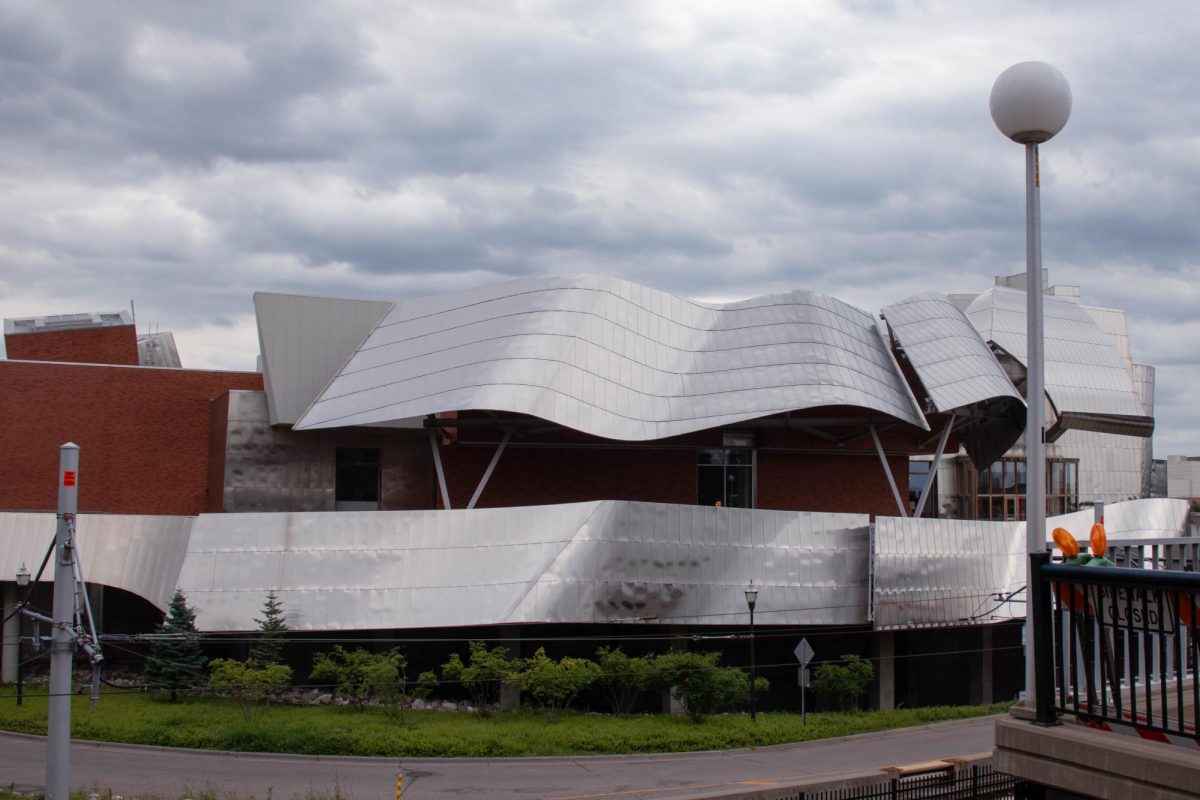On Tuesday, the Minnesota AIDS project held AIDS Action Day at the State Capitol to lobby for the HIV Prevention and Health Care Access bill, which would help cover the costs of HIV/AIDS medication for low-income patients.
The program would cost $12.4 million this year, and some legislators worry that one more thing crunching the state’s budget will be impossible to squeeze in. But expanding health-care access for low-income people and families should get immediate attention from the State Legislature.
The bill – set to be introduced this week by Sen. John Hottinger, DFL-St. Peter, and Rep. Paul Thissen, DFL-Minneapolis – seeks to improve Minnesota’s AIDS Drug Assistance Program, which currently requires co-pays from the patients. The co-pays, while seemingly nominal, add up quickly in low-income households. The new bill establishes criteria for a program that would not require co-pays or premiums if all of the criteria are met.
Treatment protocols for HIV/AIDS are very strict and there is little room for error in terms of missing doses. Patients who can afford the drugs only intermittently are not effectively controlling their infections and are also contributing to drug resistance of the virus. If Minnesota can provide the necessary treatment on a more consistent basis to its HIV/AIDS patients, the public-health benefits will hugely outweigh the costs.
Prevention is another focal point of HIV/AIDS legislation, and while the bill does not currently include provisions for an educational prevention program, controlling virus numbers in HIV-positive patients ultimately leaves them less infectious and can prevent full-blown AIDS; consequently, controlling current infections can prevent new ones. Preventing new infections is critical for controlling the spread of HIV.
HIV/AIDS patients should not have to decide whether they can afford treatment. The cocktail of antiretroviral drugs used to control the virus is highly effective at prolonging both the length and quality of life in patients who might not otherwise have hope. When this bill reaches the State Senate and State House committees, the Legislature should dig into its pockets for another paltry $12.4 million to support this worthwhile goal.















